How Biocomputers Could Become the Future of Computing
14 April 2025
Technology is advancing at a breakneck pace. Every day, we witness breakthroughs that push the limits of what’s possible. From artificial intelligence to quantum computing, innovation never stops. But what if I told you there’s an entirely different kind of computing on the horizon—one that could revolutionize the way we process information?
Enter biocomputers—a futuristic concept that blends biology with technology to create computer systems that mimic nature. These living computers hold the potential to outperform today’s most powerful machines while consuming significantly less energy. Sounds like something straight out of science fiction, right? Well, it might soon become our reality.
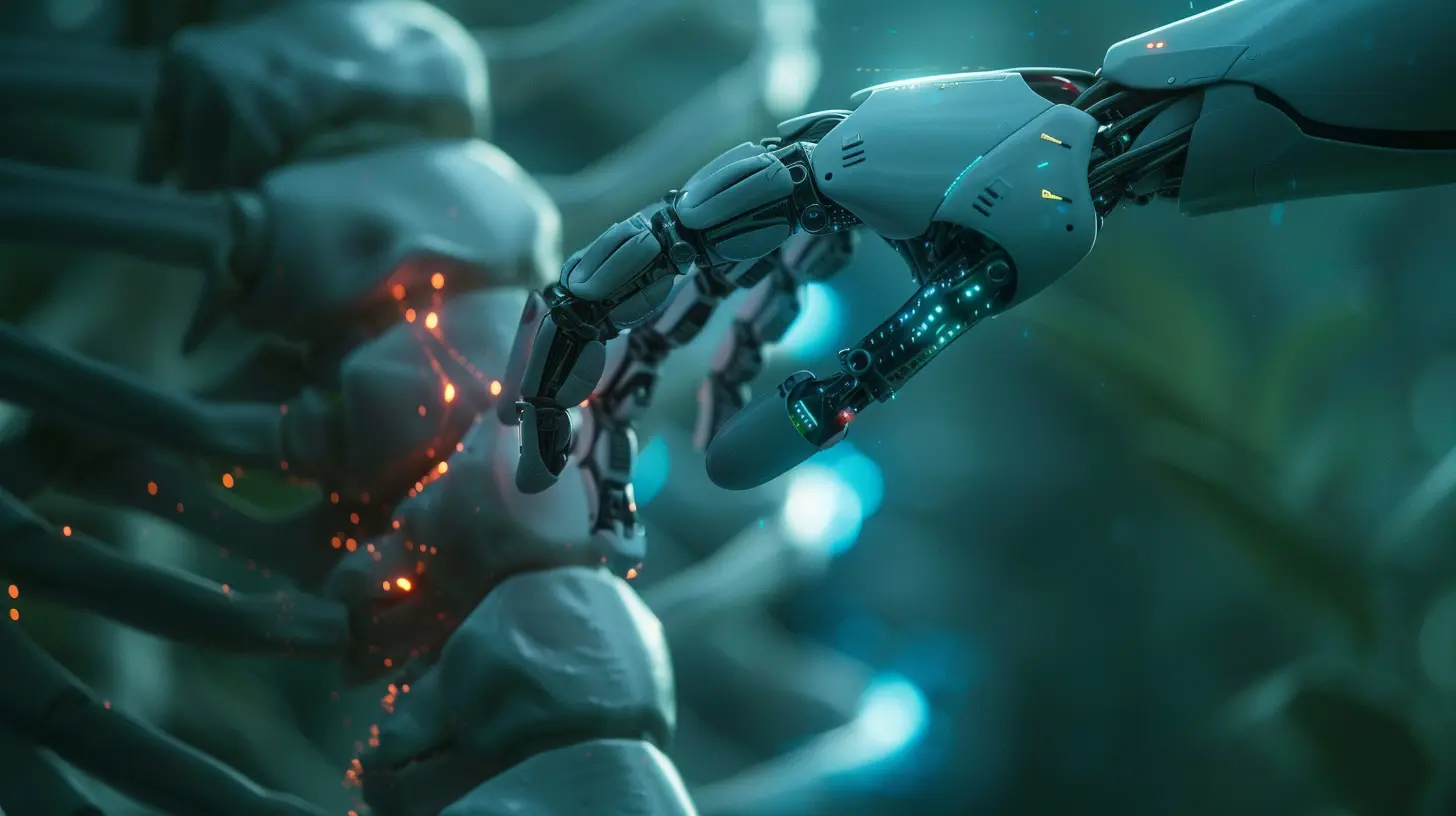
What Exactly Is a Biocomputer?
Before we dive into the future, let’s break down what a biocomputer actually is. Unlike traditional computers that use silicon-based processors, biocomputers operate with biological components, such as DNA, proteins, and even living cells.Think of it this way: Instead of using electrical circuits and binary code (the language of classical computers), biocomputers leverage the complex chemical interactions found in nature. They process information on a molecular level, making them incredibly efficient and capable of solving problems that would take conventional computers an eternity.

How Biocomputers Work
At their core, biocomputers function using biological molecules that can store, retrieve, and process information. Some of the most exciting approaches include:1. DNA Computing
DNA isn’t just for genetics anymore. Scientists have discovered that DNA molecules can be used to store data and solve computational problems. Since DNA can hold massive amounts of information in an ultra-compact space, it could serve as the ultimate storage medium. To put it into perspective, a single gram of DNA can store 215 petabytes of data! That’s equivalent to millions of hard drives packed into something about the size of a sugar cube.2. Neural Computing
Inspired by the human brain, researchers are developing living neural networks that mimic how our neurons communicate. These bioprocessors could eventually enable machines to learn, adapt, and make decisions much like humans do. In fact, projects involving brain-like structures made from live neurons are already in progress!3. Protein-Based Computing
Proteins are nature’s original problem-solvers. Scientists are exploring ways to use protein reactions to perform calculations at an atomic level. Since proteins can work in three dimensions (unlike traditional transistors that rely on a flat silicon wafer), they could potentially process vast amounts of data with minimal space and energy consumption.Now that we’ve covered the basics, let’s talk about why biocomputers could be the future of computing.
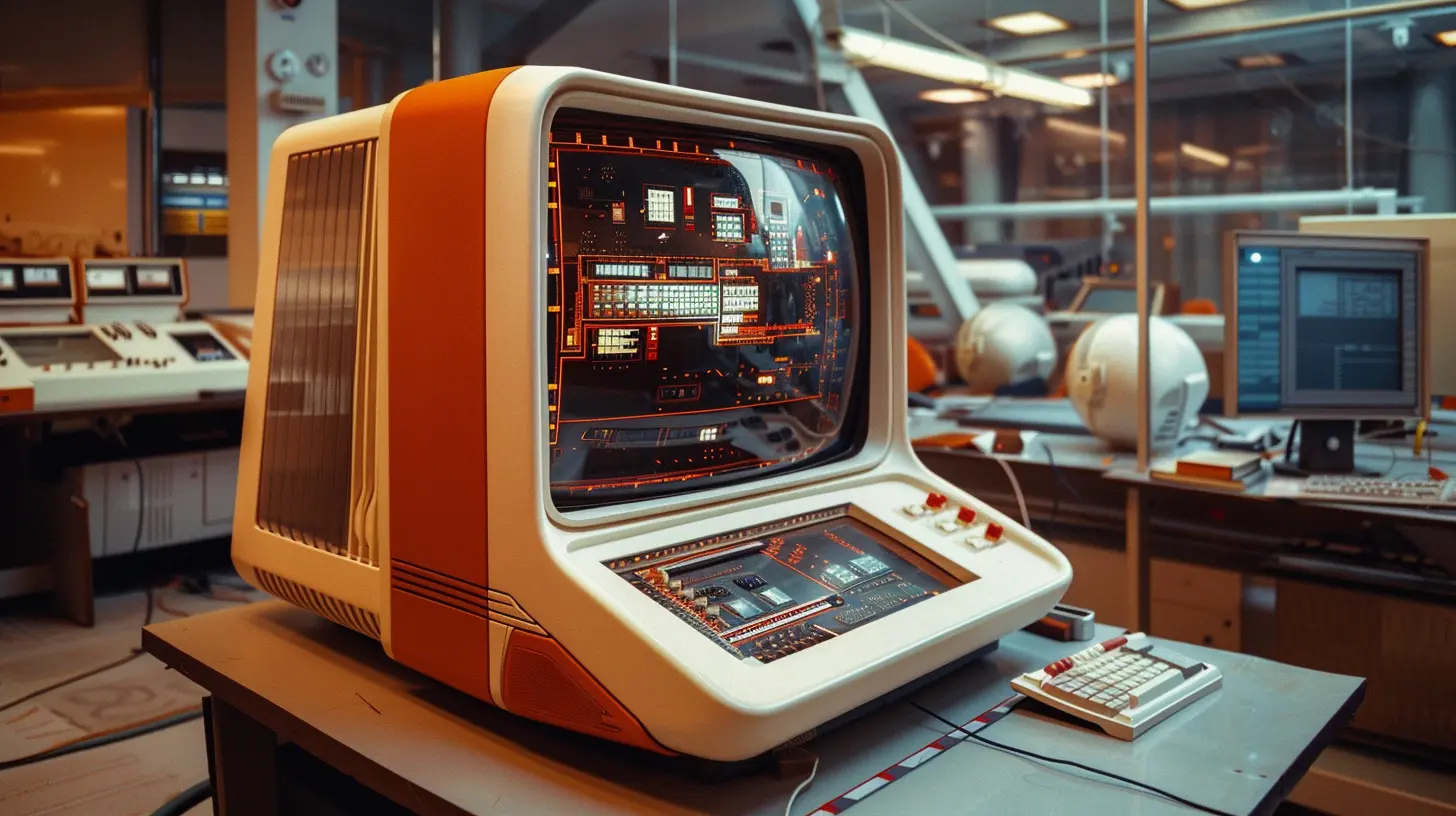
Why Biocomputers Might Replace Traditional Computers
Computing power has followed Moore’s Law for decades—doubling approximately every two years. However, as we continue shrinking transistors down to the atomic scale, we’re reaching physical limitations. Silicon-based chips are running into heat issues, energy inefficiency, and costly production challenges.Biocomputers could offer solutions to these problems in ways that traditional computers simply can’t. Here’s how:
1. Unmatched Efficiency
Traditional computers consume enormous amounts of electricity to run complex calculations. Biocomputers, on the other hand, operate on chemical energy—the same way our bodies do! This drastically reduces power consumption, making them far more energy-efficient than current supercomputers.2. Massive Storage Capacity
As mentioned earlier, DNA can store unbelievable amounts of data in a minuscule space. Imagine replacing bulky data centers with a single vial of DNA that stores all the world’s information—it sounds crazy, but it’s entirely possible.3. Parallel Processing Power
Unlike classical computers that process one task after another, biocomputers can operate in parallel, meaning they can tackle multiple computations at once. This capability gives them a huge advantage in solving complex problems, such as simulations, pattern recognition, and even medical research.4. Adaptability & Learning Ability
Biological systems are naturally adaptive—cells learn and evolve over time. If biocomputers can replicate this capability, they could develop self-improving algorithms that make them smarter and more efficient with each task.5. Eco-Friendly Design
Let’s face it—electronic waste is piling up at an alarming rate. Traditional computers rely on toxic materials that don’t biodegrade easily. Biocomputers, however, use organic substances that decompose naturally, making them a greener, more sustainable alternative.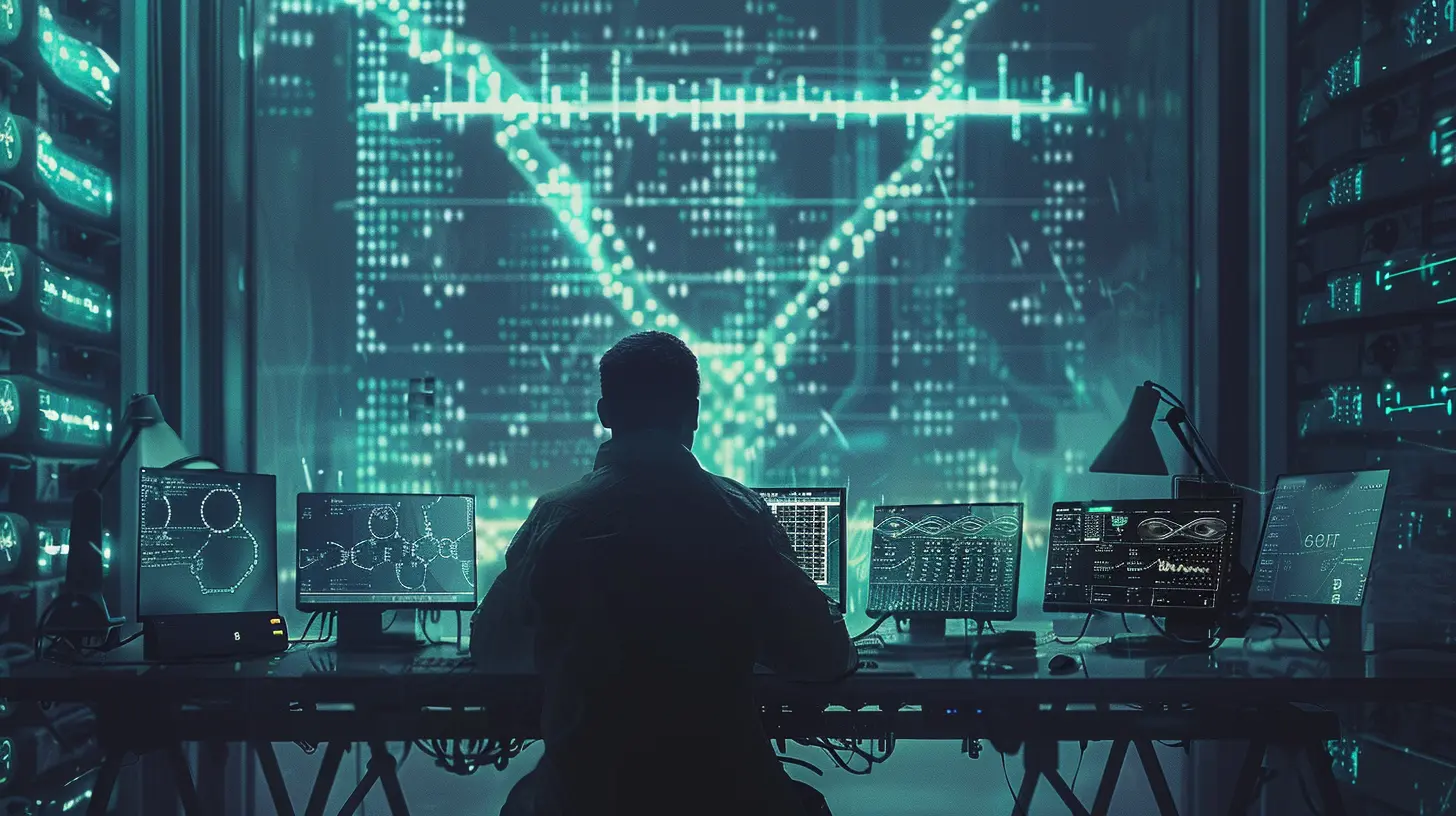
Potential Applications of Biocomputers
The possibilities with biocomputing are limitless. While we’re still in the early stages, researchers are already envisioning groundbreaking applications across multiple industries:1. Medical Breakthroughs
Biocomputers could transform healthcare by enabling ultra-fast diagnostic tools, personalized medicine, and even “smart” drugs that adapt to an individual’s body chemistry in real time. Imagine a future where diseases like cancer can be detected and treated at the molecular level—before they even become a threat.2. AI & Neural Networks
Artificial intelligence could get a massive upgrade with bio-inspired computing. Biocomputers capable of mimicking the human brain could lead to the next generation of true AI—machines that think, reason, and learn just like we do.3. Space Exploration
NASA and other space agencies are always looking for ways to push technology to the next level. Biocomputers could enable lightweight, energy-efficient computing systems for deep-space missions, helping astronauts analyze data without needing powerful (and heavy) onboard supercomputers.4. Data Storage & Security
With the increasing demand for secure data storage, biocomputers could provide a next-gen solution. Imagine storing an entire library’s worth of information inside a single biological chip, immune to cyberattacks and data corruption.Challenges Biocomputers Must Overcome
While the potential is exciting, biocomputing is still in its infancy and faces some major obstacles. Here are a few hurdles scientists must overcome before biocomputers become mainstream:1. Stability & Longevity
Unlike silicon chips, biological components degrade over time. Finding ways to preserve and maintain biocomputational hardware remains a significant challenge.2. Speed Limitations
Right now, biocomputers aren’t as fast as traditional computers when it comes to basic processing tasks. While they excel at parallel computing, researchers need to enhance their speed for everyday applications.3. Scalability & Manufacturing
Mass-producing biocomputers is no easy feat. Unlike traditional chips, which can be manufactured with precision, biological systems are far more complex and less predictable. Scientists must create standardized methods to ensure consistency and reliability.
The Future of Biocomputing
Despite these challenges, biocomputing is an exciting field with limitless possibilities. Researchers across the globe are making breakthroughs that could soon lead to real-world applications. As technology continues to evolve, we might be looking at a future where computers no longer rely on wires and transistors—but instead, on the very building blocks of life itself!So, is biocomputing the future? It’s too early to say for certain, but one thing is clear: with the rapid pace of innovation, it’s no longer just a sci-fi fantasy—it’s becoming a scientific reality.
Final Thought
We’ve spent decades building machines that work like humans. Now, it's time to build machines that are human—at least, in a biological sense. The dawn of biocomputing is upon us, and the journey ahead is nothing short of astonishing.all images in this post were generated using AI tools
Category:
Tech NewsAuthor:

Gabriel Sullivan
Discussion
rate this article
8 comments
Lucas Davis
Biocomputers could redefine efficiency and sustainability in technology, merging biology with innovation.
May 4, 2025 at 8:15 PM

Gabriel Sullivan
Absolutely! Biocomputers have the potential to revolutionize tech by enhancing efficiency and sustainability through their unique biological processes.
Lark Parker
Exciting possibilities! Biocomputers could revolutionize technology and redefine our relationship with computing.
May 4, 2025 at 10:19 AM

Gabriel Sullivan
Thank you! Yes, the potential of biocomputers to transform technology and our interaction with it is truly thrilling. Exciting times ahead!
Molly Moore
This article presents an intriguing perspective on biocomputers as the future of computing. Their potential to harness biological processes for data processing could revolutionize efficiency and sustainability in technology. Exciting developments ahead in this field!
April 30, 2025 at 3:09 AM

Gabriel Sullivan
Thank you for your insightful comment! I'm glad you found the potential of biocomputers exciting—it's an area ripe for innovation and could truly transform technology.
Stephen Franklin
Biocomputers are not just a futuristic concept; they will redefine computing as we know it. Embracing biological systems will unleash unprecedented power and efficiency—get ready to evolve or get left behind!
April 28, 2025 at 6:18 PM

Gabriel Sullivan
Absolutely! Biocomputers hold transformative potential, merging biology with technology to enhance efficiency and processing power in ways we’ve only begun to imagine.
Amber McGillivray
Exciting possibilities, but many challenges remain.
April 26, 2025 at 7:56 PM

Gabriel Sullivan
Thank you for your comment! Indeed, while the potential of biocomputers is thrilling, addressing the challenges is crucial for their successful integration into future technology.
Lincoln Ramos
This article offers an intriguing perspective on biocomputers, highlighting their potential to revolutionize computing through biological processes, merging technology with nature. Exciting possibilities await!
April 23, 2025 at 8:31 PM

Gabriel Sullivan
Thank you! I'm glad you found the perspective on biocomputers intriguing. The potential for merging technology with biological processes is indeed exciting!
Lennox Cantu
This article highlights an exciting frontier in technology! The potential of biocomputers to revolutionize computing is immense. Embracing this innovation could lead to breakthroughs we can't yet imagine. Let's stay curious and supportive as this field evolves!
April 17, 2025 at 6:21 PM

Gabriel Sullivan
Thank you for your enthusiasm! I agree, the potential of biocomputers is truly transformative, and I’m excited to explore where this innovation will take us.
Ariella Wallace
Embracing nature's design could redefine computing's future.
April 15, 2025 at 6:34 PM

Gabriel Sullivan
Absolutely! Nature-inspired designs in biocomputers can lead to more efficient, sustainable, and innovative computing solutions, paving the way for a transformative future in technology.
MORE POSTS
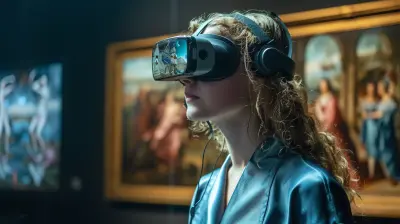
The Role of AR Glasses in Enhancing Museum and Art Experiences

How Blockchain is Shaping the Future of Data Security

How to Build a Scalable Network Infrastructure for Your Business
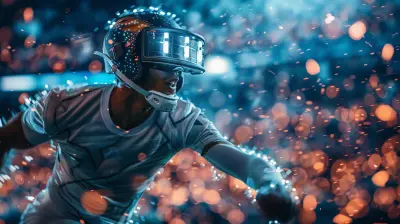
AR in Sports: Enhancing the Fan Experience and Athlete Performance

Will MicroLED Displays Replace OLED in the Near Future?
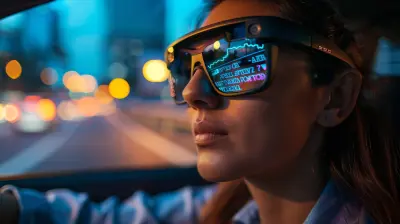
AR Glasses in the Automotive Industry: Enhancing Safety and Navigation